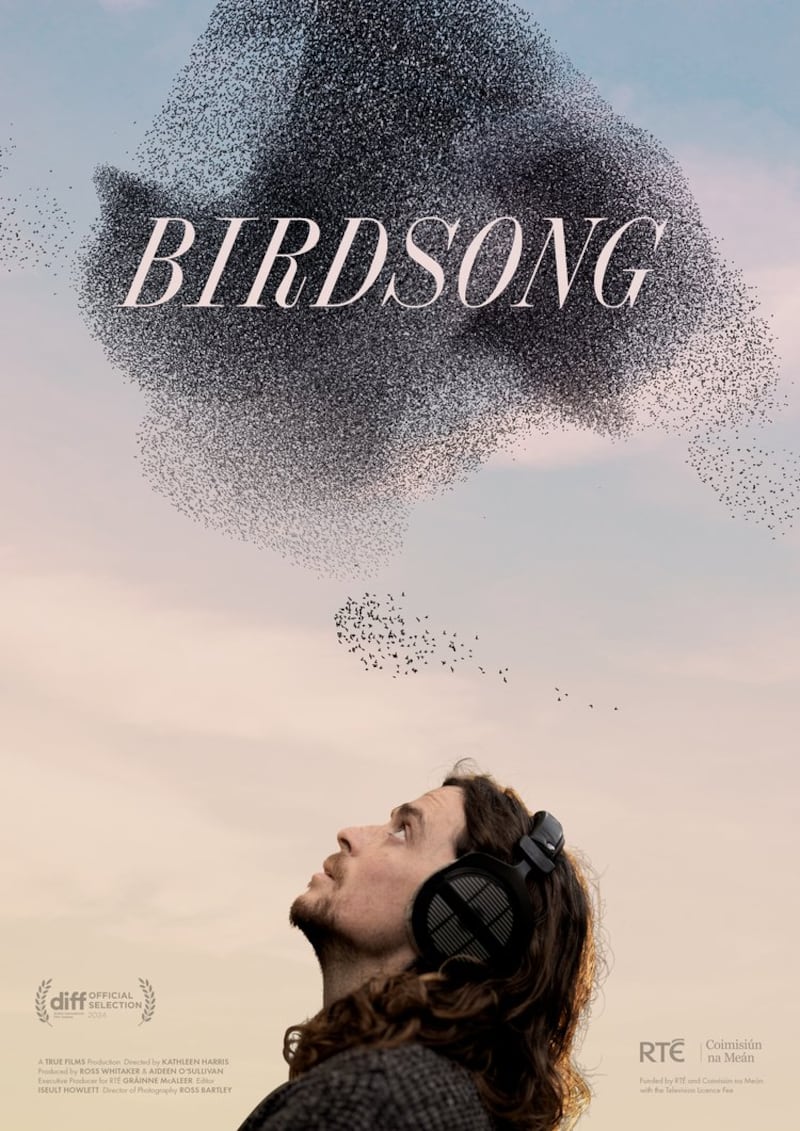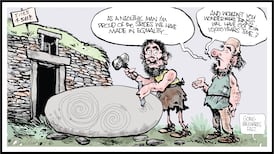Watching the film adaptation of the John McGahern novel That They May Face the Rising Sun is a profound experience. It’s a wonderful film. If you haven’t seen it yet, try to get to it this week. Beautiful, incredibly moving, and soothing, it’s also an exercise in memory.
Afterwards, I suddenly remembered reporting on John McGahern’s funeral for the Sunday Tribune. It was on a Saturday in the spring of 2006. I remember how people gathered by the roadside, in the places we must have gone through or around – Rooskey, Mohill, Fenagh, Ballinamore. I remember the beautiful plainness of the event, the quiet dignity and respect displayed by working people – a butcher here, a mechanic there – heads bowed as the hearse passed. I think I remember the sun giving way to grey clouds, a spitting rain hitting the coffin at the graveyard beside the church. I remember other things too, small details, but I’m not sure if they’re accurate. Memory is an unreliable narrator, after all.
I do remember Seamus Heaney being there. I was too nervous to approach him, and why would I anyway, apart from to steal the fragments of an interaction for myself? The only time I ever spoke to Heaney in person was as a 12-year-old, when I ran up to him in a shopping centre in Dublin, recognising his face from a photograph, which must have been in my primary school poetry book, or maybe somewhere else. I remember announcing to him with great pride that I had just made my Confirmation, telling him my name, considering him as familiar as a neighbour. He laughed and signed his name for me on a shred of paper I presented. I remember alongside his autograph he wrote: “Una – stay confirmed.”
I remember the shock of reading McGahern’s Amongst Women and The Dark as a teenager, how with each turned page I felt McGahern had done something with reality itself, ripping away the parchment paper that so often covered depictions of Irish life, and offered something so much clearer. In his writing, I found an authenticity frequently denied, be it shrouded in either stereotypes, diffuse nostalgia, or blatant propaganda.
No wonder graduates turn away from Ireland and towards Terminal 2
Michael Lowry gave two fingers to the public. Their message back to the Government is equally concise
Authoritarian America is rewarding sameness and punishing difference
Ireland can make the world a better place. But first it must look in the mirror
Back to the film. There were many moments watching when I became tearful. “There’s our friend,” one character says, cocking his ear to the sound of the cuckoo. It made me remember another film I saw this year, Kathleen Harris’s brilliant documentary, Birdsong, which follows the Irish ornithologist Seán Ronayne on his mission to record the birdsong of every species of bird on the island of Ireland. Later this month, the whole country will have an opportunity to see it on RTÉ television, and it is a must-watch.

Last week, one of the first cuckoos from a tracking project landed back in Killarney National Park, having travelling about 9,000 kilometres from the Congo Basin. The cuckoo is associated with measuring time.
Time is something we’re running out of when it comes to keeping them alive in significant numbers.
One wonders how these birds respond when they realise their habitat has disappeared, to what extent they exhaust themselves searching for safety and shelter, how hungry they go as the hedgerows are lost and insecticides destroy their food source while roadside bushes are slashed with ignorant abandon. Do they note how much of the nesting ground of the meadow pipit (nests cuckoos take over when they pretend to be sparrow hawks) was destroyed in Killarney in 2021 when fires ripped through the hills? Do they remember what existed before that?
I recently spent an afternoon in one of my favourite places in the country, Woodstock House and Gardens in Kilkenny, bathing in the birdsong. I found myself reaching for the ugly tool of my phone to record it. Unless we act in radical and smart ways, this soundscape will become a historical archive, not the living gift of a vital soundtrack.
I gave Philip King of South Wind Blows – the production company behind That They May Face the Rising Sun, along with Cyprus Avenue Films and Harvest Films, with the producers Tina O’Reilly and Brendan J Byrne – a call on Friday.
“Maybe it has touched something in people because everything is so virtual, augmented and artificial now, whereas this is tactile, human, visceral,” King said. “There’s a warmth and empathy for the film because people in their own memories remember, and are brought back to things where time seems different, and that there was time.”
The film, King said, is “an invitation to come and live in the landscape. The sound of the lake. The sound of the wind. The sound of the birds. That is a beautiful noise. There is something in our memory that pulls us back to a place. We come out of that landscape.”
What’s incumbent on us all, on Government, and on the State, is to do everything we can to keep those sounds of nature alive and thriving, to honour their beauty, so that what we remember carries on into the living present. This great film is an essential reminder of all of that.















